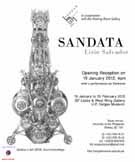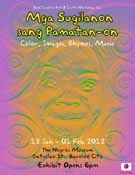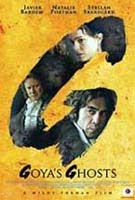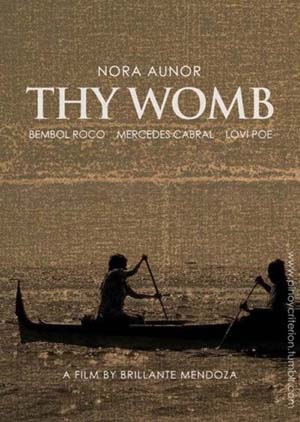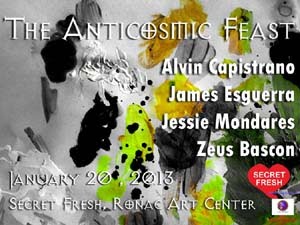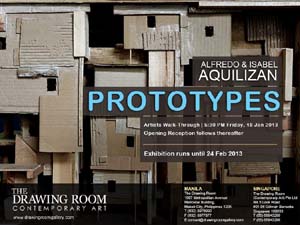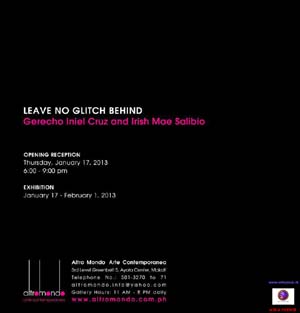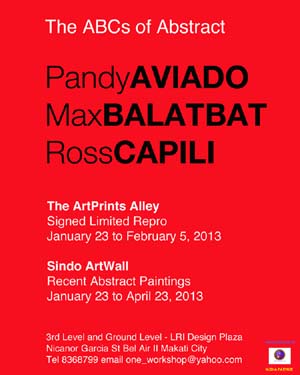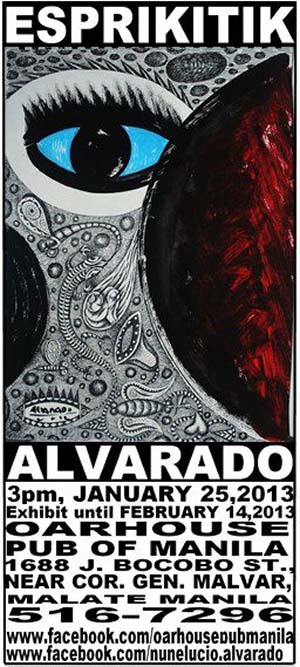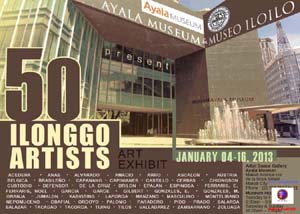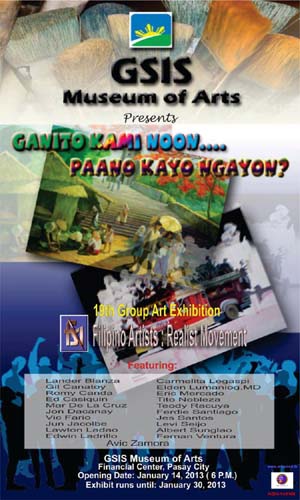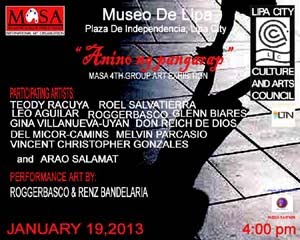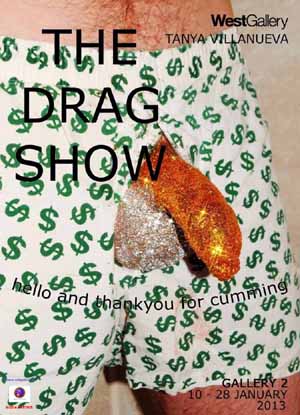03 AUG 2012 - 13 AUG 2012
As the Ateneo Art Awards gears up for a milestone, the
ninth year takes the theme “Sneak
Peak
2012 SHORTLISTED ARTISTS
Martha Atienza - "Gilubong ang Akon Pusod sa
Dagat (My Navel is Buried in the Sea)", Solo exhibition, Bantayan Island
Zean Cabangis - "Shade My Eyes and I Can See
You" , Group exhibition Silverlens 5 January - 4 February 2012
Kawayan de Guia - "A Lot of Sound and Fury
Signifying Nothing", Solo exhibition The Drawing Room 17 September - 10
October 2011
Patricia Eustaquio - "Cloud Country", Solo
exhibition Silverlens 28 September - 19 October 2011
Dina Gadia - "Regal Discomforts", Solo
exhibition blanc Compound 31 August - 21 September 2011
Riel Hilario - "Perro Amoroso / It was a Paradisiacal State
Goldie Poblador - "The Ghost in the
Machine", Solo exhibition Liongoren Gallery 3 May - 3 June 2012
Mervy Pueblo - "Project: Stone Mediation",
Solo exhibition The Black room, MCAD Whittier Studio's Gallery, Minneapolis,
MN, USA 10 - 14 December 2011
Maria Taniguchi - "Untitled (Celestial
Motors)", Solo exhibition Silverlens 20 Square 15 March - 20 April 2012
Mark Valenzuela - "Zugzwang", Solo
exhibition Art Informal 25 August - 4 September 2011
MM Yu - "Inventory", Solo exhibition Silverlens
19 April - 19 May 2012




























































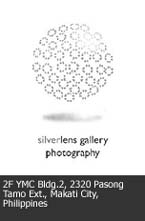





















































.jpg)












